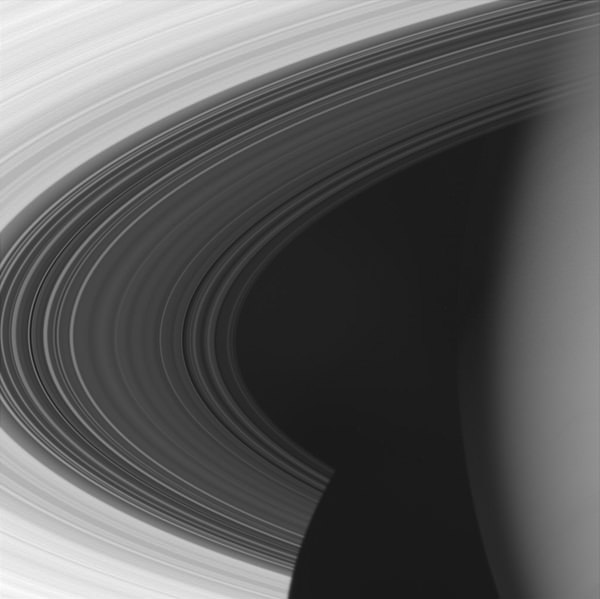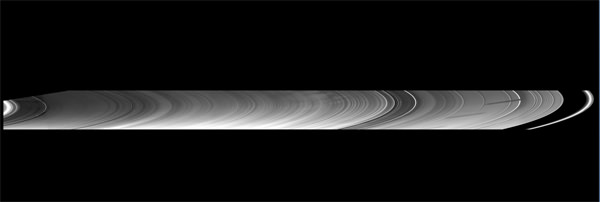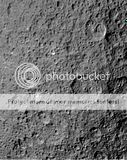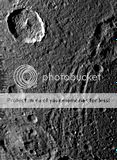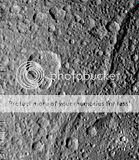E
EarthlingX
Guest
www.universetoday.com : Titan-ic Tsunami Causing Crack in Saturn’s C Ring
...Oct 4th, 2010
by Nancy Atkinson
This graphic shows an angled view of a newly discovered “crack” in one of Saturn’s rings, known as the C ring. This view shows the 3-D quality of the puzzling crack associated with a wave-like feature that was discovered earlier by NASA’s Voyager 1 spacecraft. Image credit: NASA/JPL/Cornell
Saturn’s rings have several gaps, most of which are caused by small moons shepherding ring debris into breaks in the rocky rings. But one gap may be caused by gravitational perturbations from Saturn’s largest moon, Titan, sending tsunami-like waves up to 3 kilometers (2 miles) high in the C ring, causing it to spin like a warped, uneven vinyl record on a turntable. A new model of this action explains why the gap was narrower than expected and also why is seems to disappear from time to time. “What looked like a 15-kilometer-wide gap actually was this gap with a vertical displacement of about 3 kilometers projected and seen almost edge on,” said Phillip Nicholson from Cornell University, speaking at a press briefing at the American Astronomical Society’s Division for Planetary Sciences meeting in Pasadena, California. “It’s a little like a tsunami propagating away from an earthquake fault.”
...
...Nicholson said only when they began to think in three dimensions were they able to solve the mystery of this gap. While most of Saturn’s rings are flat, in 2009, the angle of sunlight during Saturn’s spring equinox revealed there were lumps and bumps in the rings are as high as the Rocky Mountains.
The model Nicholson and colleagues created suggests the actual gap in the ring is about a half a kilometer wide, but part of the ring rises 3 km (2 miles) in the air up. The different angles the two spacecraft observed from made the gap look wider to Voyager than to Cassini.
“The whole pattern rotates around at the same rate as the satellite Titan orbits Saturn, once every 16 days,” said Nicholson said. Sometimes, the tsunami-like wave couldn’t be seen by the spacecraft, which accounts for how the gap seems to appear and disappear.
Nicholson said this model explains the C ring gap, “better than you have any right to expect,” but there could be three or four dynamical processes going on that explains the other gaps.
Nicholson and Cassini Deputy Project Scientist Linda Spilker said the same types of processes seen in Saturn’s rings could also explain what is seen in disks of debris around other stars, with the theory that there are gaps forming in the disks associated with the formation of planets.
...
...“Saturn provides a wonderful natural laboratory of how protoplanetary nebula may evolve,” said Spilker.



